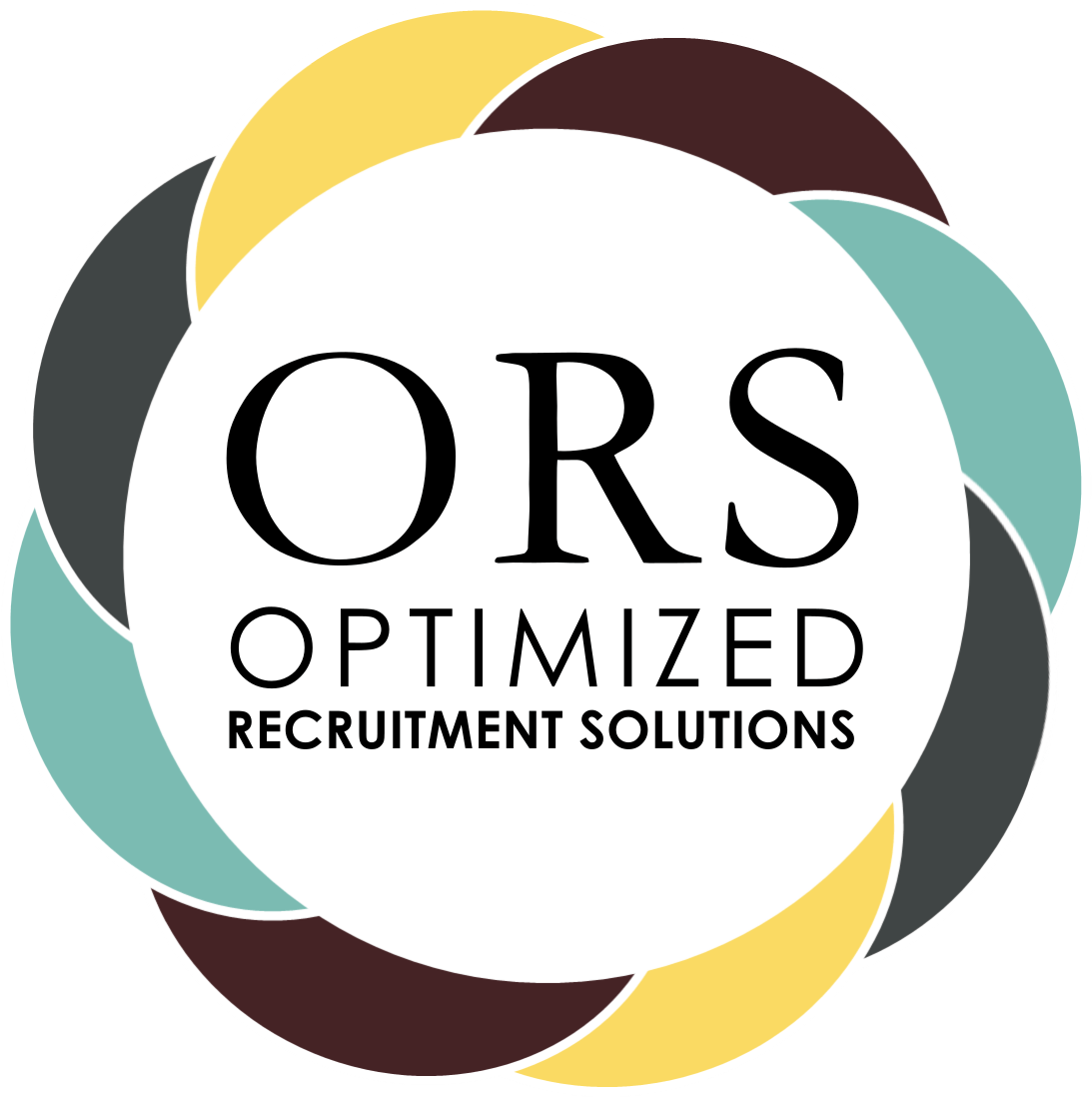A little ditty about how to “hear” the story your data tells you.
The real value in what Optimized Recruitment Solutions (ORS) offers clients is data and how to apply it to a solution actually that solves the organization’s pain point. Sure, rebuilding a best in class process and applicant tracking system (ATS) that escorts the recruiters through the process is great. But the data tells us what is working and what is not working. We can only get the data after the process is redefined and the system is in alignment.
During the initial phases of a project with a client, I pull a few high-level data points from the ATS to get a sense of our starting point. As we complete certain projects, we will rerun those reports to analyze the impact of the optimizations. Each project does have a compounding impact on the data, so as we get to the final stages, the reporting really starts to show the successes as well as the opportunities for improvements. It is exciting to see how the subtle process and configuration changes directly impact the overall success of the Talent Acquisition team.

It is challenging to knowing what metrics to pull. Then, once you have the data, what to do with it is a whole other challenge. Many times, organizations get analysis paralysis with all the data they can get from their ATS once ORS is done.
I’d like to share a little story using data and the interpretation process. The data will tell a story, we just need to listen to it and look for actionable steps to resolve any issues.
Our story today is about “time to apply.” In Q4 2019, the application process was fully redesigned. I wanted to review the impact it had on their apply time and apply rates. I reviewed data before and after the changes were implemented.
Q3 2019 (Pre- Application redesign)
- Application completion rate – 63%
- The average apply time – 502 minutes.
Yes, you read that right. The average candidate spent 502 minutes applying. This seems quite illogical, so this is my first sign that there are outliers and I need to know more.
I saw candidates starting to apply and walking away for hours, days and even months at a time.
I split the applicants into 2 groups; those that took longer than 30 minutes and those that took less than 30 minutes to apply. My goal was to vet out those outliers to see if there was a reason. Here is what I saw:
- 32% took longer than 30 minutes – averaging 1509 minutes (YIKES!)
- 65% took less than 30 minutes – averaging 8 minutes (Not bad)

As you can see there is a drastic difference. 1,509 minutes tells me there is a major deterrent in the organization’s apply process. Drilling down gave me a smaller data set to look for the cause. I found that 48% of all applicants stopped applying once they got to the prescreening questions. A large portion of the applicants that took an average of 1509 minutes to apply were associated with a job that did in fact have those questions as required steps to apply.
The questions were lengthy. Ranging from 5 to 12 questions. There were essay based questions that I would consider them to be more of an interview type question. This told me the prescreening questions are the deterrent we need to address.
Ah AH! I have finally followed the data and story deep enough to get to the root cause.
There is a time to use prescreening questions. The strategy behind when and how to use them should be designed to meet your unique hiring needs. In general, the value of screening questions is to slow the flow of applicants on jobs with a high volume apply rate. It helps the recruiters screen out those that are not a fit faster which allows them to get those that are a fit submitted quicker. This means, the time to use the questions, is when you have a high volume of applicants where it is hard to get through all the resumes efficiently.

About 63% of all applicants are applying via their mobile device. Any additional expectations you put on applicants will deterrent them from completing the application. Especially if it’s not mobile optimized. If you are having trouble getting resumes & you have screening question – remove them immediately. In recruiting, we call this “screening in” vs “screening out.” Create a seamless apply process to help the best qualified candidates finish their application. Allow your recruiters to review the resumes vs potentially preventing that perfect candidate you have been waiting for from applying.
When you do use the prescreening questions in the apply process, keep them very simple. I recommend using the minimum qualifications of your job to define the questions. Make them yes/no or with drop-down answers. I highly recommend making at least 1 a knockout question. A knockout question has a defined correct answer. If the candidate does not have that qualification, the ATS will decline the applicant automatically. Resulting in less time spent telling candidates “no” and more time saying “yes.” More submittals to Hiring Manager, more interviews, and more hires.

If you are a candidate, please know this is a huge benefit to you. One of your biggest frustrations is not hearing back on your applications – ever. This means you get a response if you are not a fit. Reducing the feeling of going into a Blackhole. It also means that if you are a fit, the recruiters can find you faster and get you an opportunity to interview. All in all, when done right the organization and candidates win.
Let’s go back to our story. Specifically, to Q1 2020 (Post Application redesign) and let’s see how our configurations impacted the results.
- 18% increase in candidates starting the apply process
- 14% increase in the application completion rate
- 61% reduction in applications taking > than 30 minutes
- 40% increase in applicants taking < than 30 minutes
This is fantastic! They had movement in all the right directions. These positive changes are due to simplifying the apply process, removing the official long application & reducing the screener questions. Had we not listened; we had no idea that those questions were causing an issue.
There is still more work to do. We know this by listening to the story the data tells us. Without doing this step, this organization would continue facing the same challenges about attracting the right applicants to their jobs and at the rate in which they need them to be applying.
